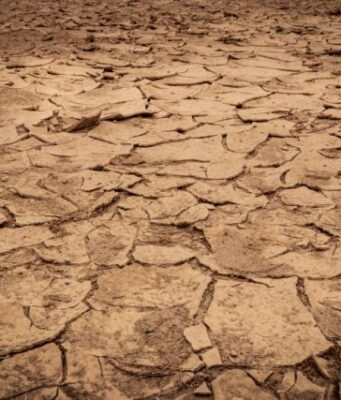NASA Earth Observatory chart by Joshua Stevens, based on data from the NASA Goddard Institute for Space Studies.
August 2016 was the warmest August in 136 years of modern record-keeping, according to a monthly analysis of global temperatures by scientists...
A composite image of the Western hemisphere of the Earth. Credit: NASA
The normal flow of air high up in the atmosphere over the equator, known as the quasi-biennial oscillation, was seen to break down earlier this year. These stratospheric...
This infographic shows catastrophic wilderness loss since the 1990s. Credit: Kendall Jones and James Allan
Researchers reporting in the journal Current Biology show catastrophic declines in wilderness areas around the world over the last 20 years. They demonstrate alarming losses...
China's Grain-for-Green Program, the world's largest reforestation effort, has transformed 69.2 million acres of cropland and barren scrubland back to forest. Yet, the program overwhelming leads to the planting of monoculture forests (the eucalyptus forest, Japanese cedar forest and...
Credit: © arttmiss / Flickr
Ocean warming is affecting humans in direct ways and the impacts are already being felt, including effects on fish stocks and crop yields, more extreme weather events and increased risk from water-borne diseases, according to...
“The ocean has been the only true sink for anthropogenic emissions since the industrial revolution,” says MIT graduate student Sophie Chu, pictured here. “Right now, it stores about 1/4 to 1/3 of the anthropogenic emissions from the atmosphere. We’re...
The image above, taken during a high-priority flight that IceBridge carried on Aug. 29, shows Helheim Glacier, with its characteristic wishbone-shaped channels, as seen from about 20,000 feet in the sky. Helheim is one of Greenland's largest and fastest-melting...
Image Credit: Flickr/Andy Miccone
New research by scientists at King’s College London suggests that air pollution from London’s roads is improving overall but more work may be needed to tackle some sources of traffic pollution, which continue to breach limits...
New research shows that 13,000 years of repeated human occupation by British Columbia's coastal First Nations has enhanced temperate rainforest productivity. Credit: Will McInnes/Hakai Institute
Human occupation is usually associated with deteriorated landscapes, but new research shows that 13,000...
Slash-and-burn: The human footprint is heaviest in the world's biologically-richest areas, such as tropical rainforests. Here, farmers are burning the Amazon rainforest for charcoal.Credit: William Laurance
A James Cook University scientist says a new map of the ecological footprint of...
After an extreme global warming 252 million years ago, a severe mass extinction of life took place on Earth. A new study in the Arctic has been seeking clues as to what limited return of life to world´s oceans...


















